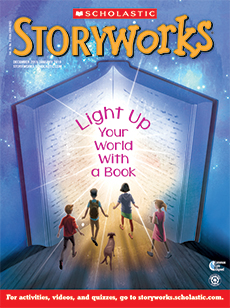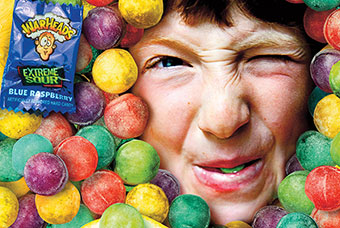ROAR! You’re running for your life.
You sprint across the icy ground. Behind you is a 600-pound monster. It’s a saber-toothed tiger—one of the deadliest animals of the Ice Age. The beast snarls, revealing massive razor-sharp teeth. Don’t look too closely or you might faint. Two of the bladelike fangs are 8 inches long!
The beast charges after you, its claws sinking into the ice. Your heart slams against your chest. The mighty animal crouches, ready to pounce. You brace yourself ...
But wait. Of course, you’re not really in the Ice Age. How could you be? The last major ice age ended about 12,000 years ago. It was called the Great Ice Age.

